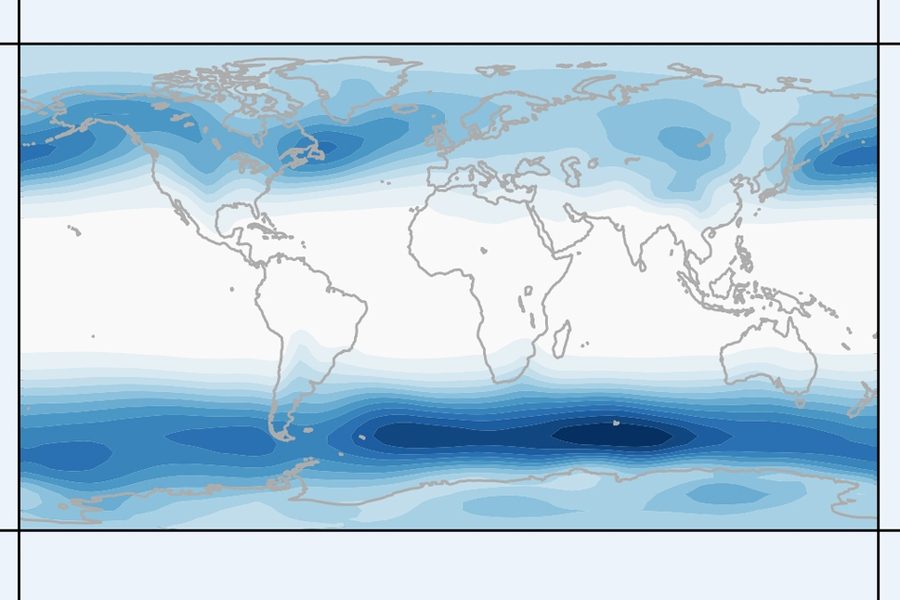Climate change is a challenge that requires innovative solutions. One of these, solar geoengineering, proposes "darkening" the sun's rays to cool the Earth. But, like any large-scale intervention, it presents unknowns.
Experts at MIT (not strictly a counter-information body) have analyzed this strategy. They did it extensively, in the midst of Covid, and many will have missed it. What did they discover? In summary: shielding the sun's rays may not be the magic wand we were hoping for, on the contrary.
This solution, the researchers say, could indeed mitigate global warming, but probably at the cost of new, even worse climate problems. If we consider the fact that this It's not the only such warning, before acting, all the supporters of this "solution" (more o less famous) would do well to consider all the implications.
Solar geoengineering: a double-edged sword
Volcanoes, sleeping giants of our planet, teach us how the emission of fine ash into the atmosphere can create a sort of "cloud cover". A blanket that reflects solar rays into space and temporarily cools the Earth. Nature does this sporadically and unpredictably: can we, humans, replicate this effect in a controlled way?
Some researchers have been exploring for some time (some people even think of using "secret" experiments) the idea of launching reflective aerosols into the stratosphere. Aerosols that could be delivered through planes, balloons and even blimps to block some of the sun's heat. Not without consequences, they say at MIT.

Reflecting the sun's rays: side effects
The MIT team discovered what solar geoengineering could have significant impacts on the paths of extratropical storms. These zones, located at mid- and high-latitudes, are crucial to the formation and path of storms across oceans and land. Changes in these trajectories could influence the severity and frequency of catastrophic storms.
The research team considered a scenario in which solar radiation is reflected in sufficient quantities to offset the warming due to a quadrupling of carbon dioxide concentrations.
The results? A significant weakening of storm tracks. In both hemispheres.
The further implications? Less powerful winter storms, but more stagnant conditions in summer, and less wind to disperse air pollution. Not to mention the circulation of ocean waters and, consequently, the stability of the ice sheets.
In summary: let's take it very, very slowly
This research, published in the journal Geophysical Research Letters (I link it to you here), has a merciless subtext.
The fight against climate change requires a holistic approach, based on science and global collaboration. Reducing CO2 emissions and other greenhouse gases remains our best bet for a sustainable future. Solar geoengineering will not simply reverse climate change without consequences that may outweigh the benefits.
Every action has a reaction, the "sorcerer's apprentices" should keep this in mind.


